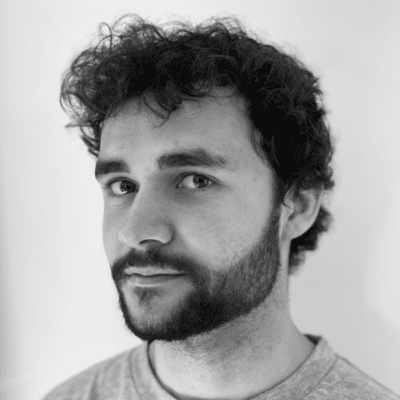Final Project
Wax1. The Sustainable Ski Waxer
Around 60% of ski wax applied to the base of a ski during maintenance is removed and discarded. As a result, over 5000 tonnes of ski wax are thrown away each year.
The WX.1 is the first cordless ski iron which offers both industry professionals and ski enthusiasts a more sustainable approach to ski maintenance.
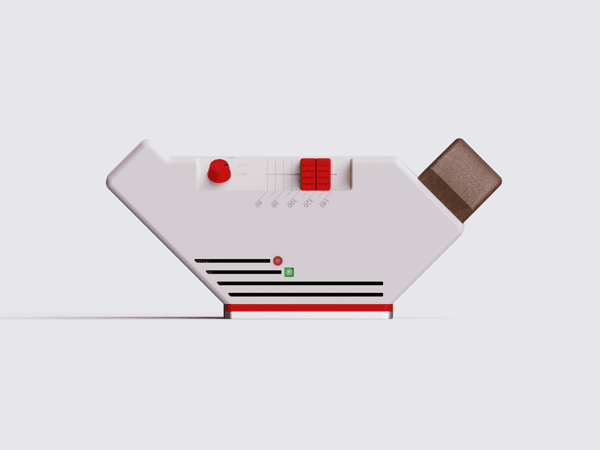
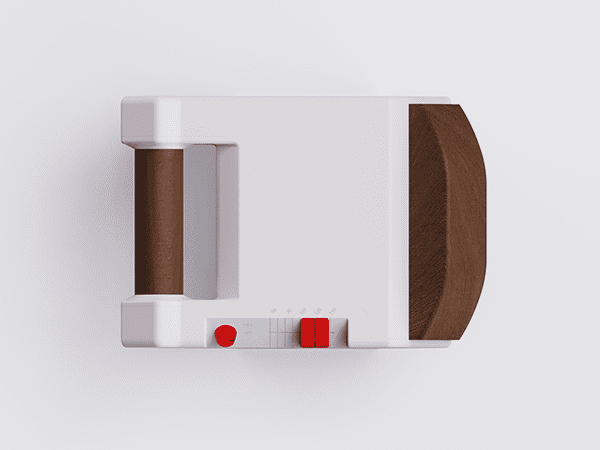
Modular Functionalism
The modular design houses the wax container, scraper and brush. Wax is added to the wax container where it is heated. Once molten the user pours the wax over the base of the ski which is ironed in. After the wax has cooled and set the scraper passes over the base and collects the wax for reapplication.
Reusing 5000 Tonnes of Ski Wax
The scraper (seen on the far right) can collect at least 90% of scraped wax for reapplication. A nylon brush is integrated into the scraper handle to allow a clean finish to be applied to the base of the ski following scraping. The purple silicone wax tray is sheathed in its holder during the wax melting for improved usability when pouring. Filtered dirty wax can be easily removed for disposal.
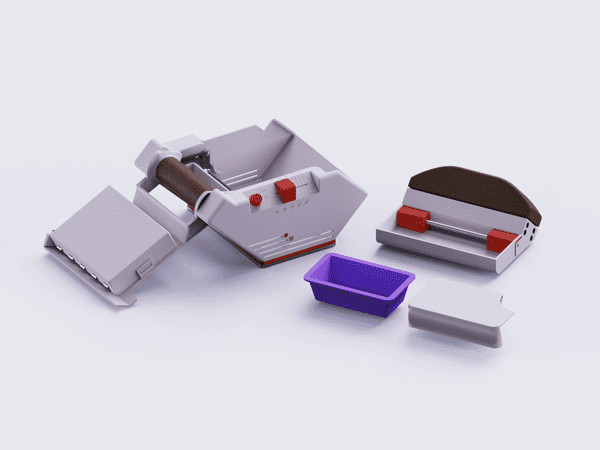
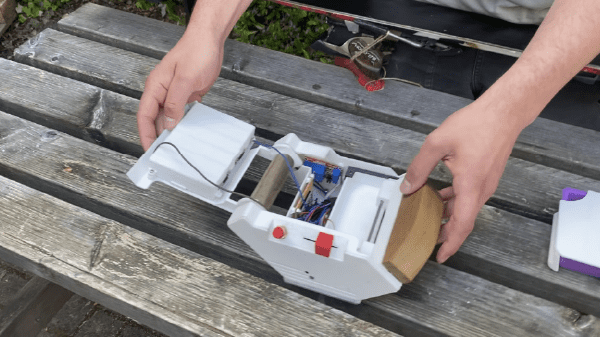
User Testing
Multiple user tests were carried out with prototypes of different fidelities. The tests were carried out by skiers in their own ski waxing environment which enabled proposal evaluation to take place.
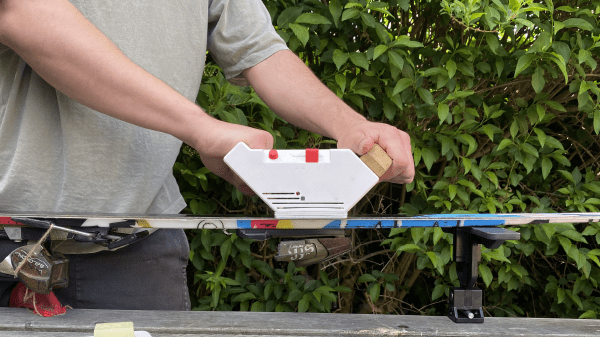
Fully Working Prototype
Programming an Arduino Nano which could run off a 18V battery pack allowed cordless use of the product. The final design proposal above is 100% functional.
Sustainable Design
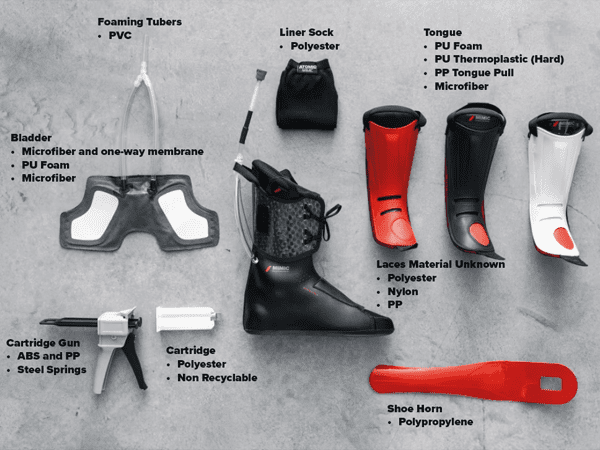
For my optional Sustainable Design module, I was tasked with redesigning a custom PU injected ski boot liner to improve its sustainability throughout.
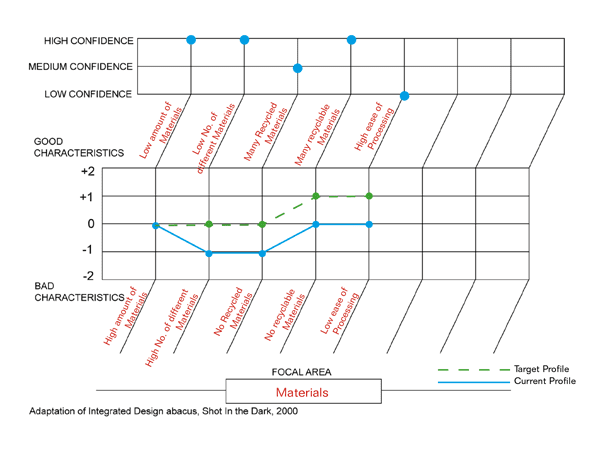
Various research methods were used to access the sustainable limitations of the design. These included Eco indicator 99, primary interviews and design abacuses.
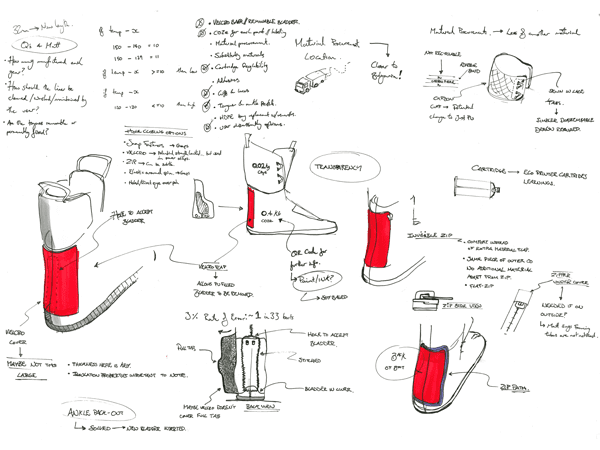
Sketches were used to ideate potential design changes. Particular focus on the redesign of the bladder was made to make the PU foam separable come its EOL.
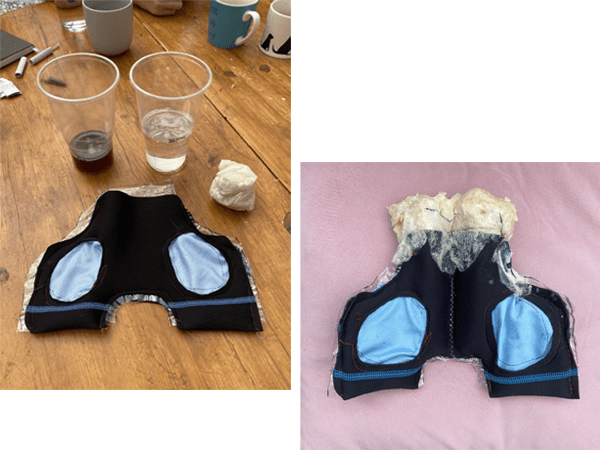
Prototyping of the bladder using a Neoprene, 2 part PU foam, and a Hydropol PVA lining took place to access material separability.
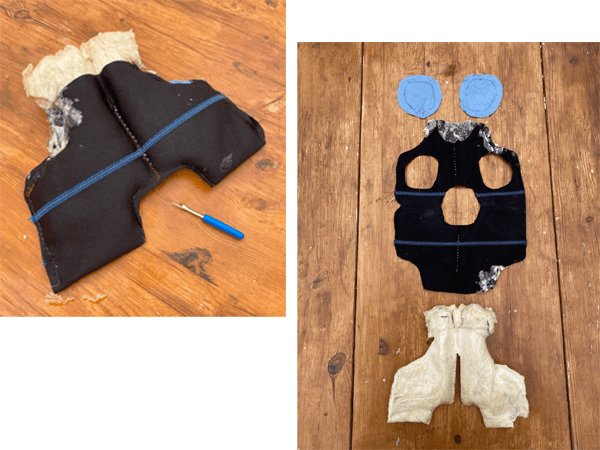
After the foam had cured, the bladder was soaked in 70°C water to dissolve the PVA liner. A seam ripper allowed full disassembly of the parts and materials.
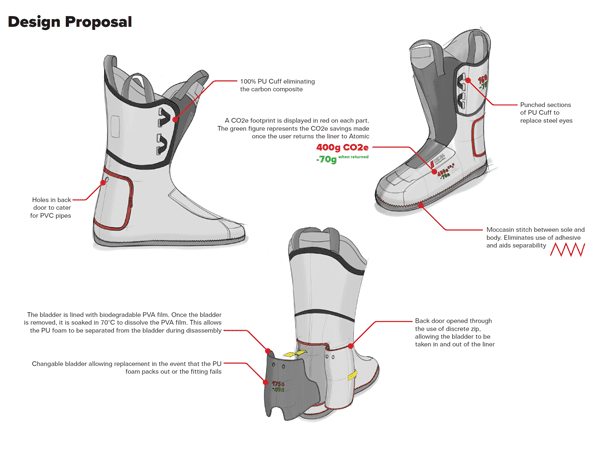
The final design proposed improved material choices and disassembly methods, alongside design for behaviour change to encourage liner recycling.
Awards
- Diploma of Professional Studies
Work Experience
During my placement year, I worked for 9 months at Neomind, a design agency in Munich. Whilst there I worked on TUM’s Hyperloop, a speaker project for TAOK seating prototypes for DB Regio, and a research project for Mitsubishi Electric.
Visionary Thinkers
Visionary Creators
Visionary Makers
